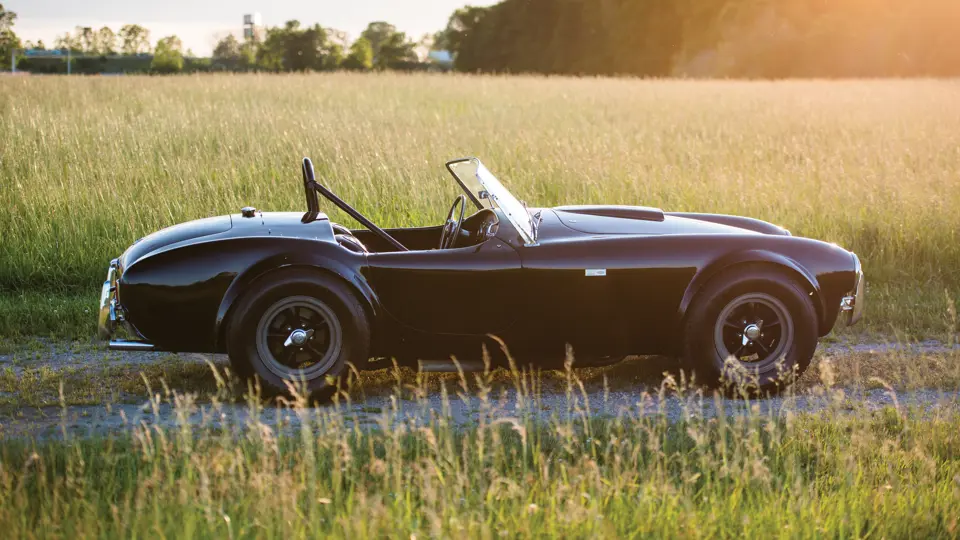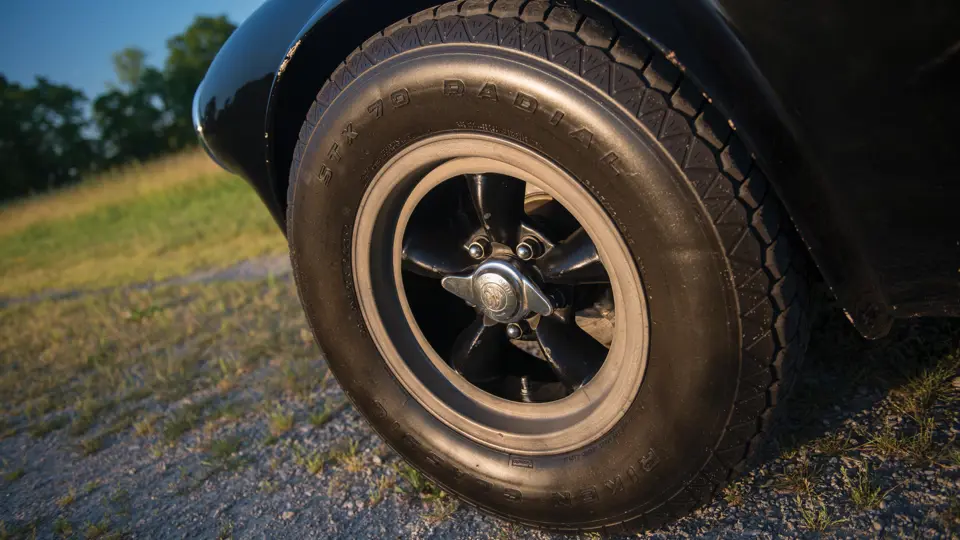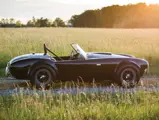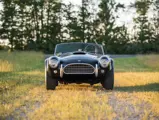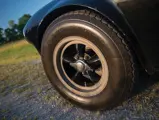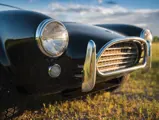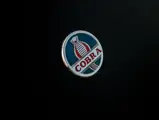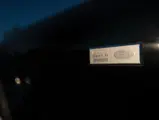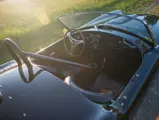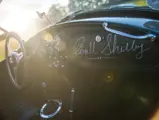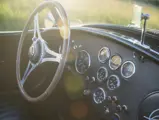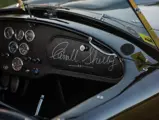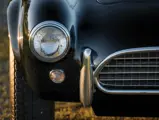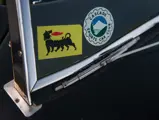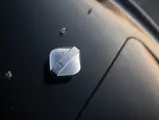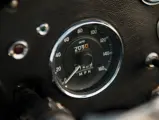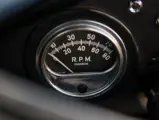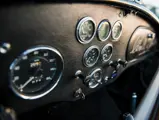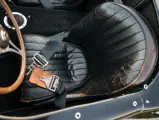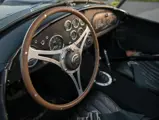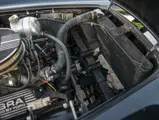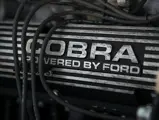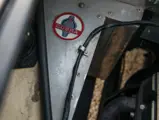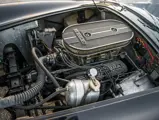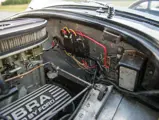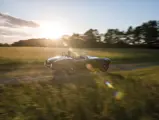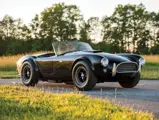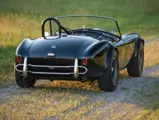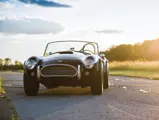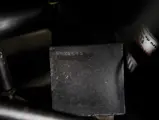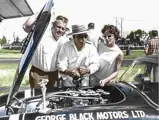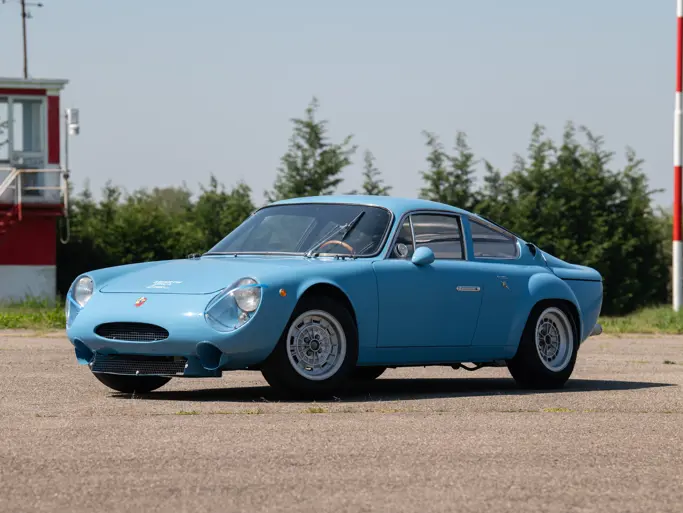
1963 Shelby 289 Cobra
{{lr.item.text}}
$803,000 USD | Sold
{{bidding.lot.reserveStatusFormatted}}
- Reportedly one of three cars independently built to Dragonsnake specification
- One of the very first Cobras to be equipped with a 289 V-8
- Long period history in SCCA competition on the West Coast
- Wonderful patina, inside and out
- A driver’s Cobra, to be used and enjoyed with pride
According to the World Registry of Cobras and GT40s, Francis Ford Motors of Portland, Oregon, delivered Shelby Cobra no. CSX 2075 to local customer Chet McFallo. McFallo promptly converted the Cobra into what the Shelby factory referred to as a “Dragonsnake,” a Cobra built for drag-racing rather than a circuit track, with fender flares, a soft top, single four-barrel carburetor, and cheater slicks. Initially raced in the SCCA B/Sports-Production class, it was progressively modified over time to compete in other classes, including eventual passes in C/Altered runs that reportedly set unofficial records.
One of the car’s engines during this period was a 289 V-8—actually taken from a Gurney-Eagle!—making this one of the very first Cobras (reportedly the second) to have a 289 dropped under the hood . . . and probably one of the most powerful.
Jim Kirby acquired the car in May of 1971 and converted it back to street specifications. Three years later, it was owned briefly by Stephen Monaco, next passing to Gary Kadrmas of Portland, Oregon, who performed a full restoration. The car was finished in black with smaller rear fender flares, while the hood scoop, rollbar, and five-spoke American Racing wheels of its competition days remain to this day. The 289 was fitted with dual Holley four-barrel carburetors, and a Hurst shifter was added to the interior.
The current owner acquired CSX 2075 directly from Shelby American, through his friendship with Carroll Shelby. Today, CSX 2075 wears its years of driving enjoyment with pride, with charming patina to its 1970s repaint and its original black interior, showing that many thrilling miles have been traveled behind the wheel. It is an evocative presentation, similar to how many of these cars appeared during their competition days, down to a Hurst transmission line-lock. Under the hood, the chassis number stamping is still visible on the frame rail. The dashboard contains correct Stewart-Warner gauges, and bears Carroll Shelby’s famous signature, while what appears to be the original spare wire wheel is mounted in the trunk.
A Cobra to be used and enjoyed, this car looks as much fun as it is. It is ready for the next road rally or tour that its new owner wishes to undertake, savoring American grunt on the open road or a quarter-mile at a time.

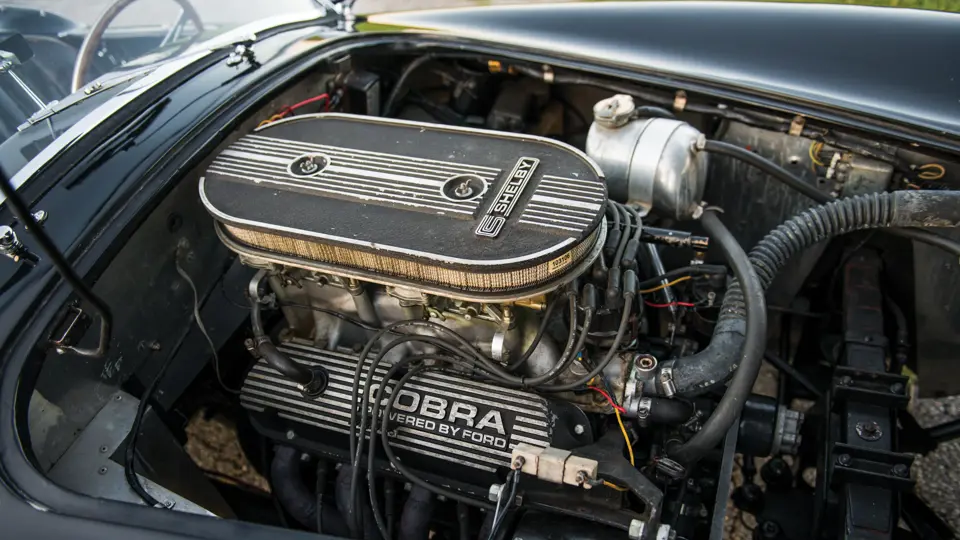
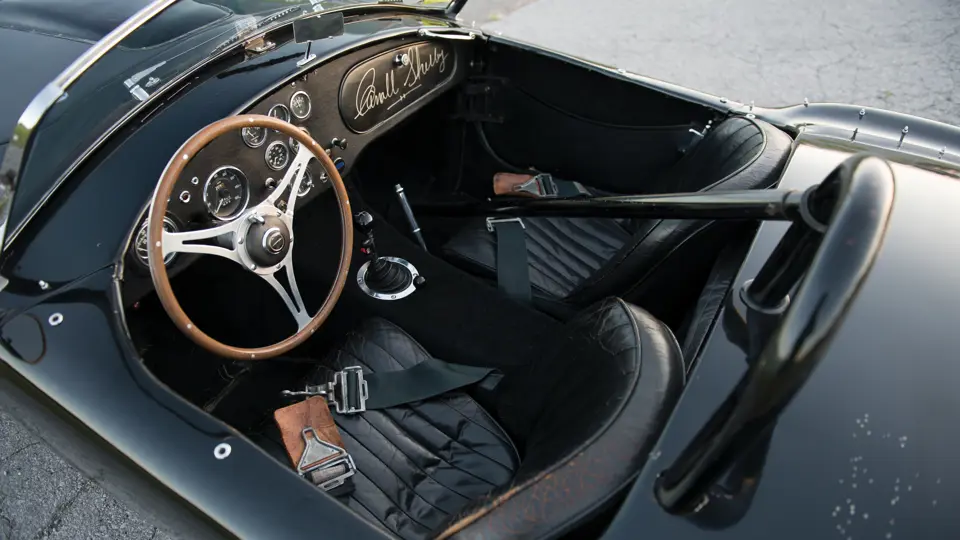

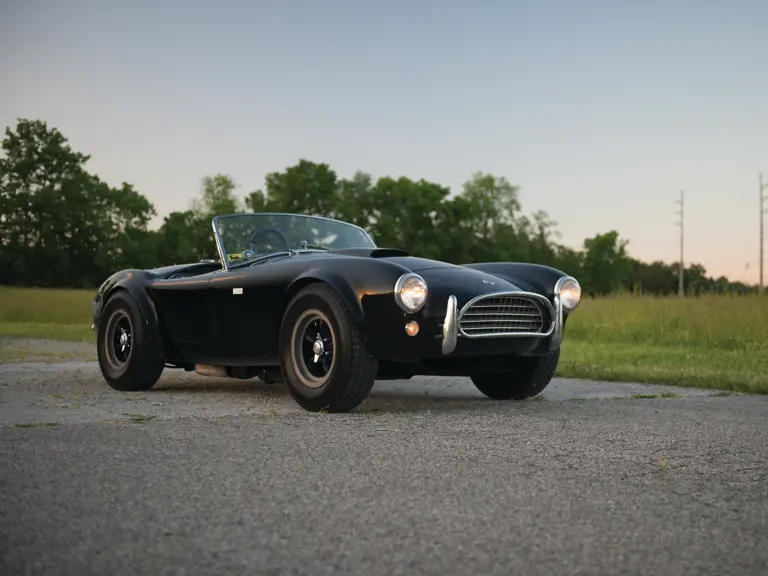
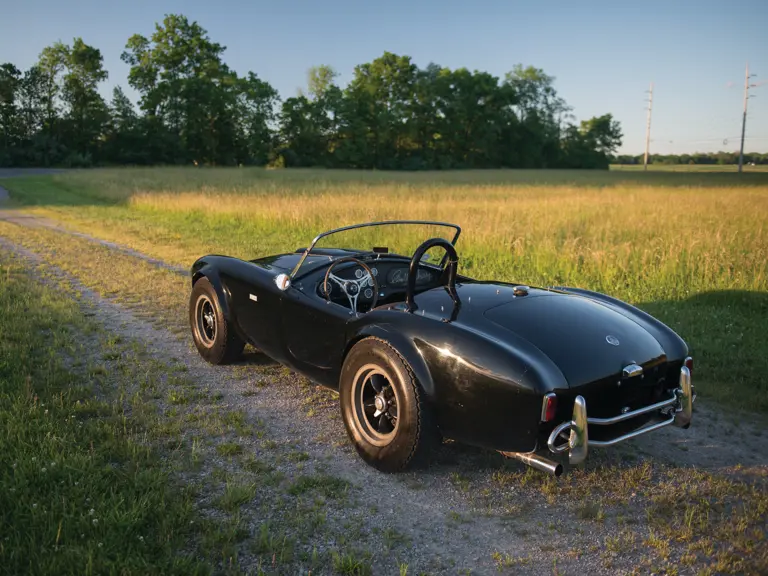

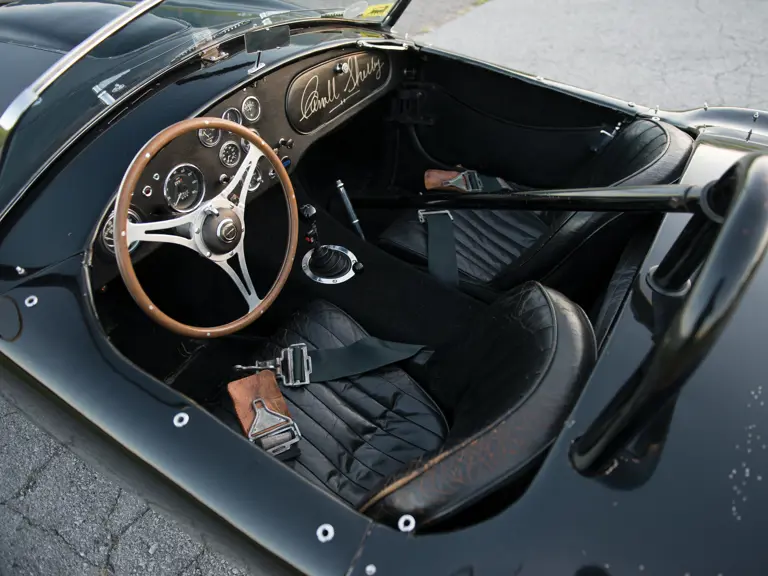
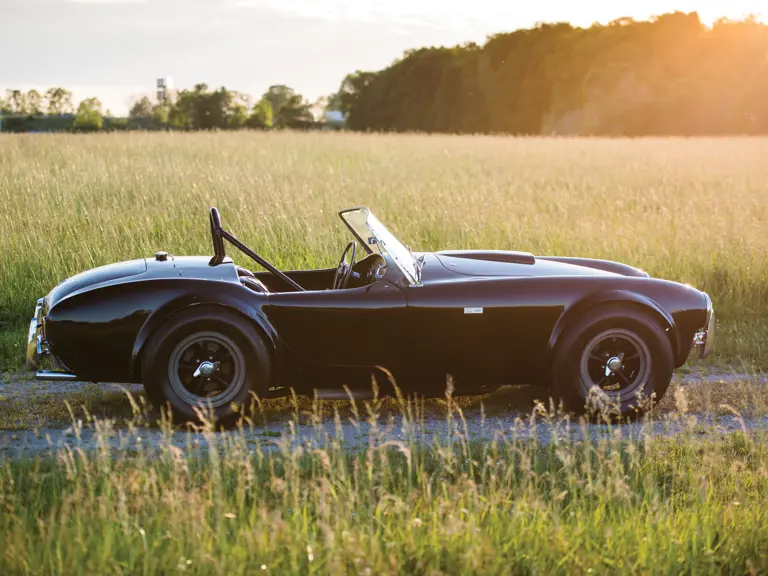

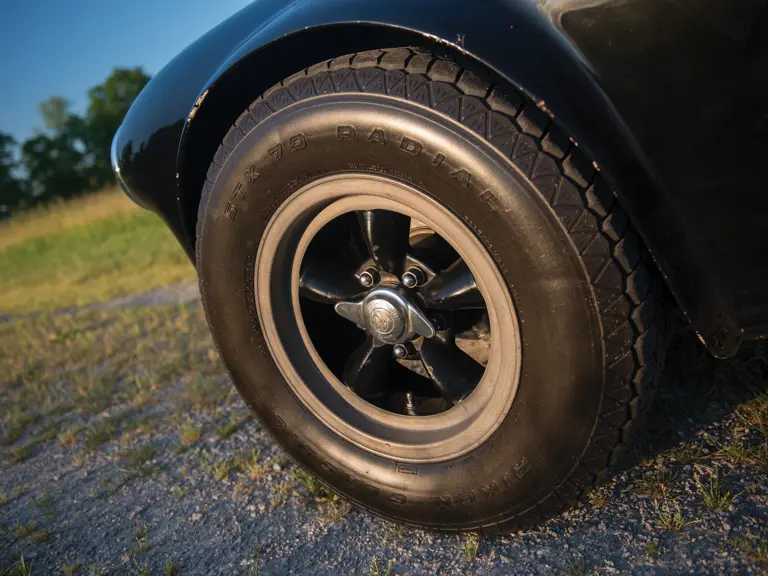
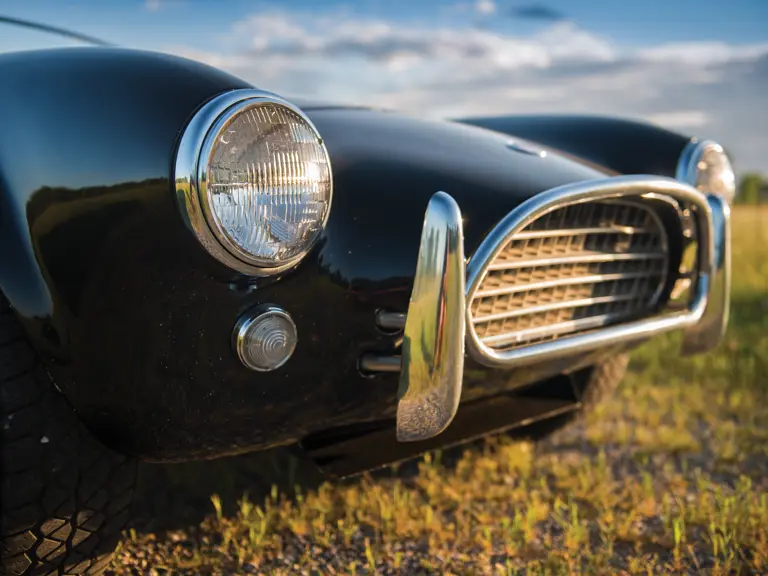
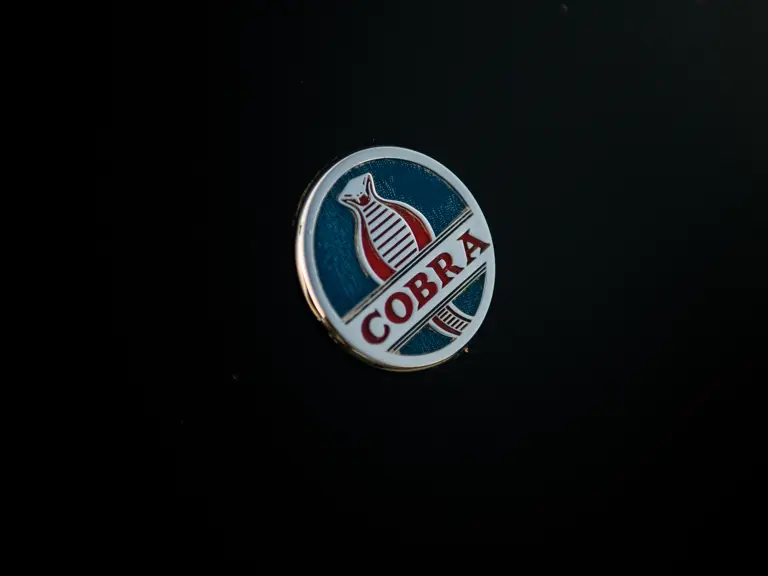
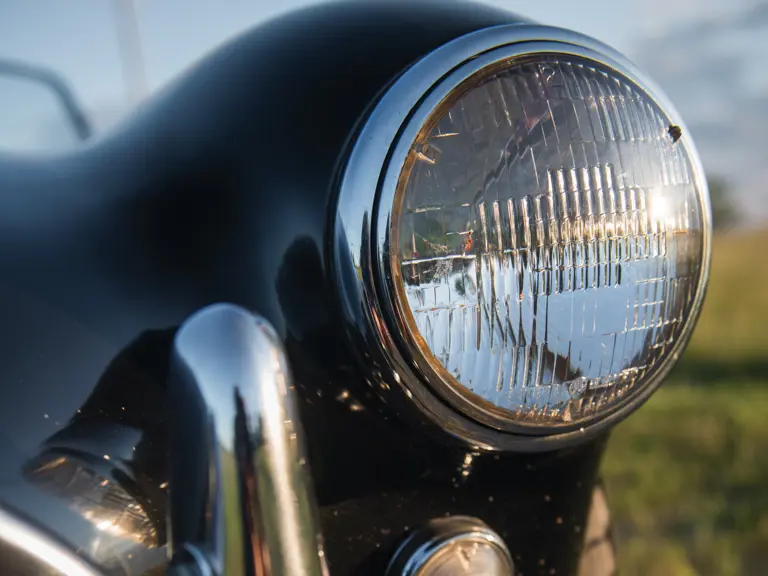


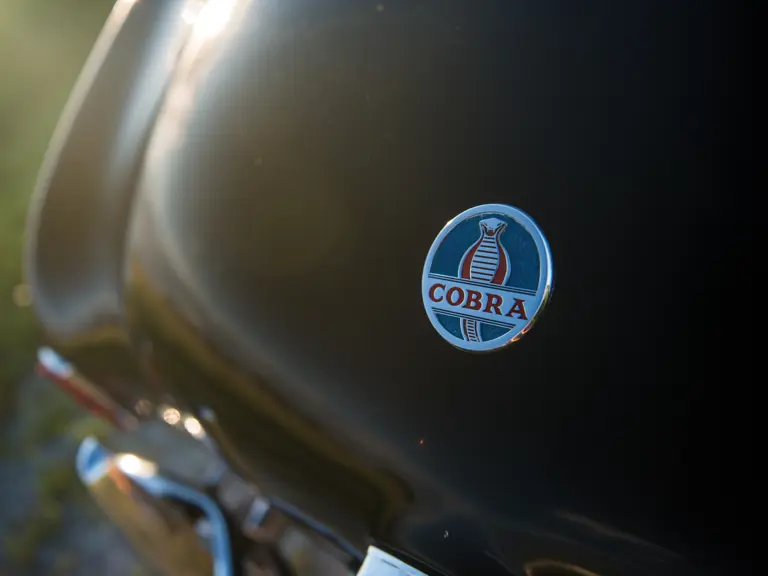
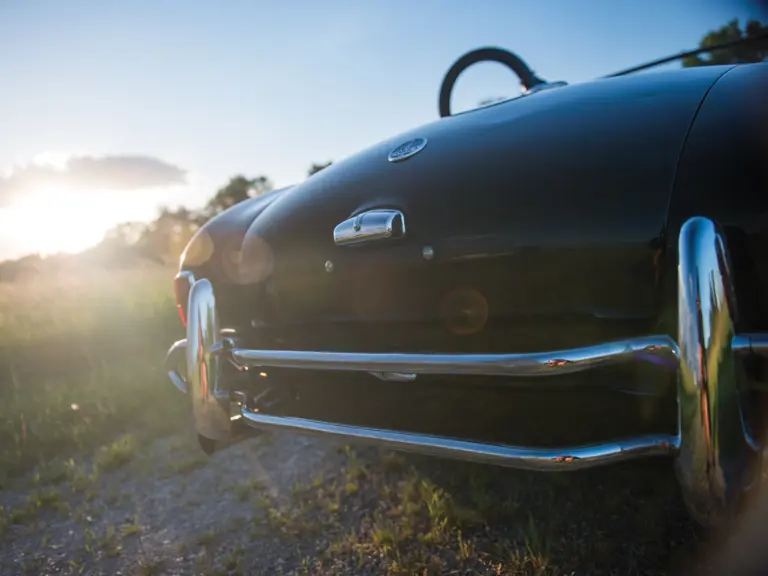
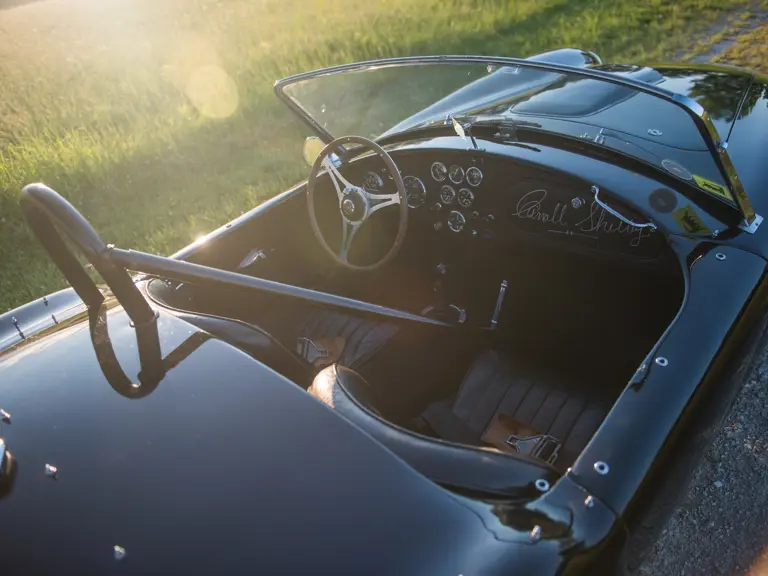

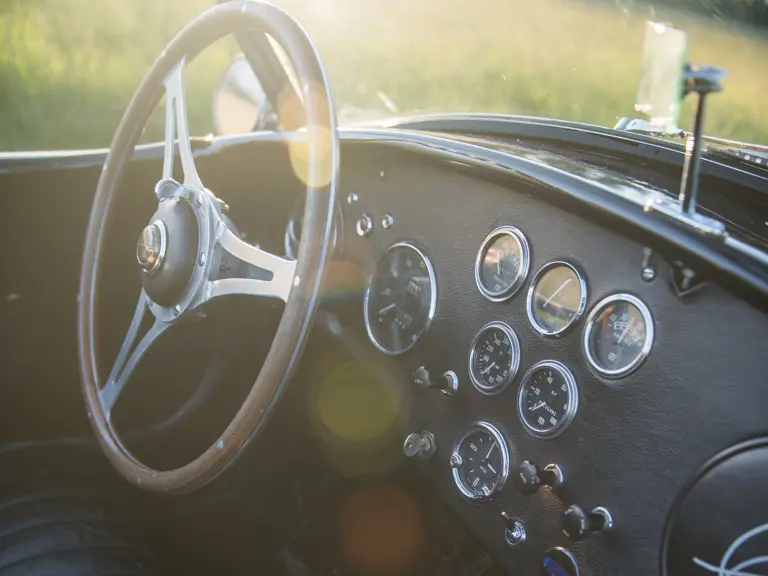
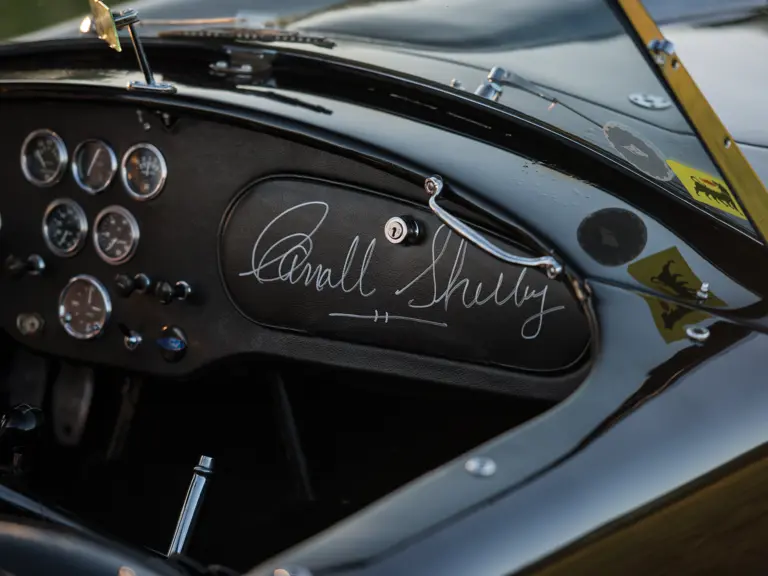
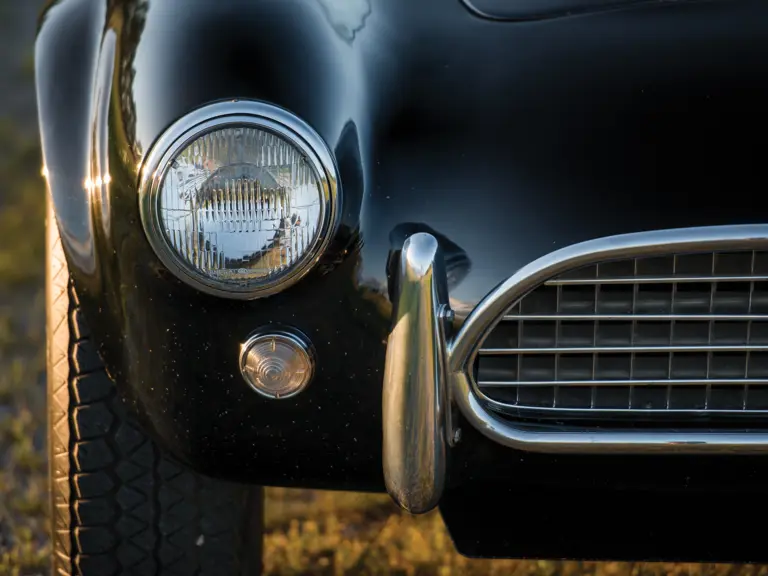

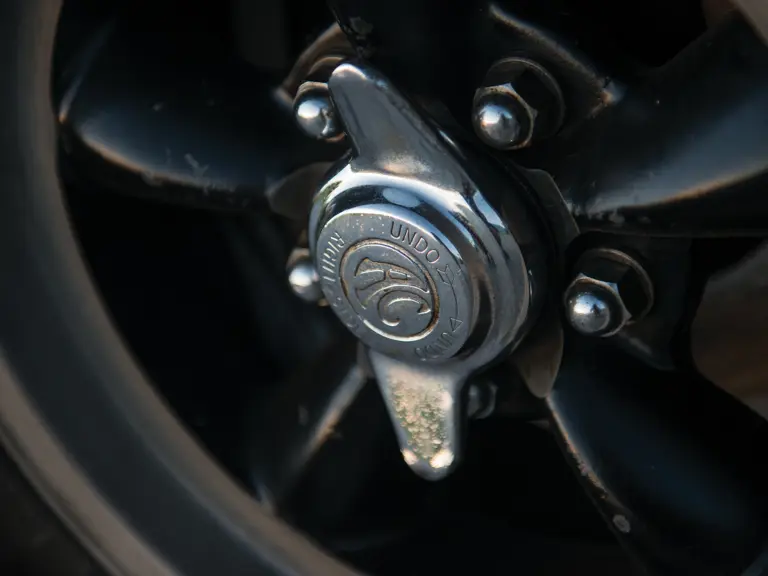

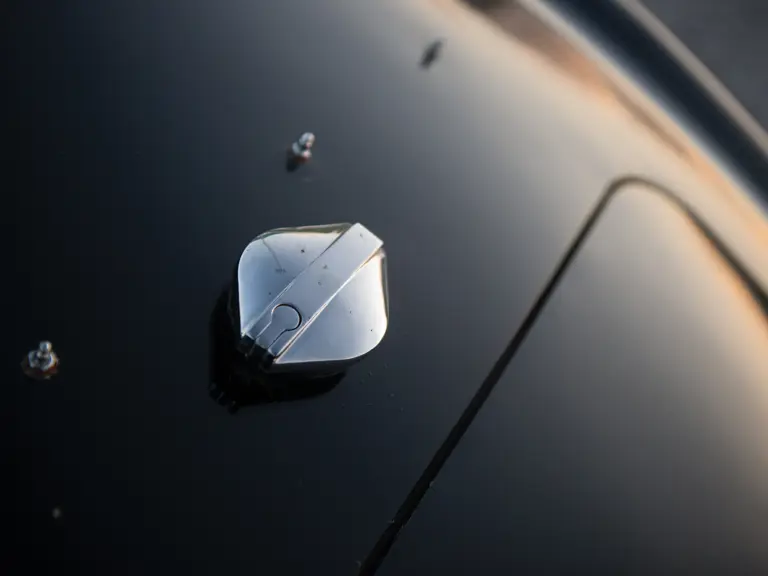
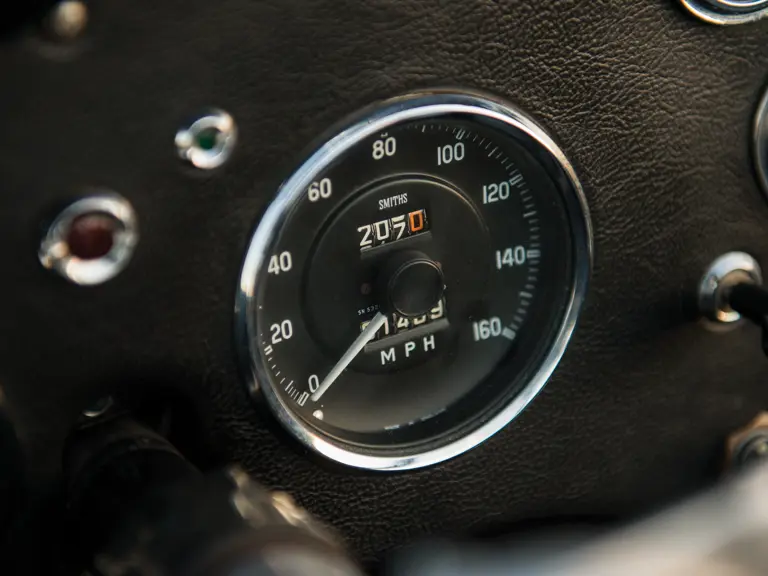
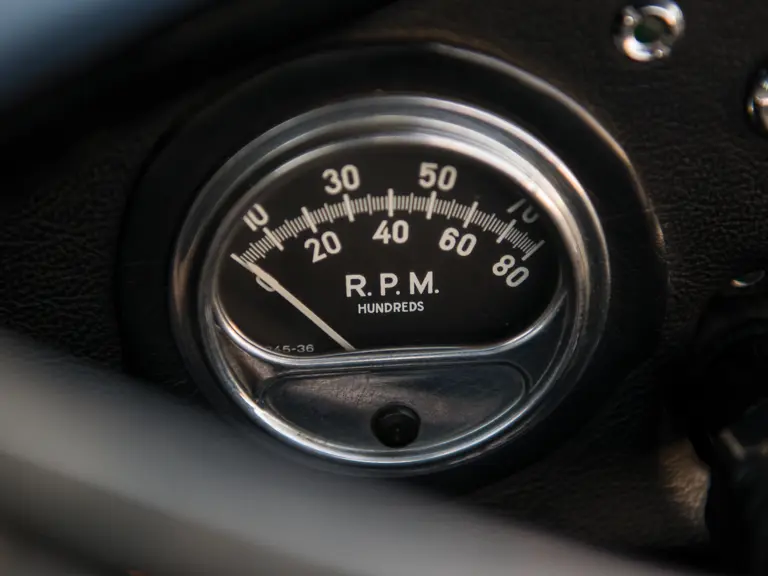
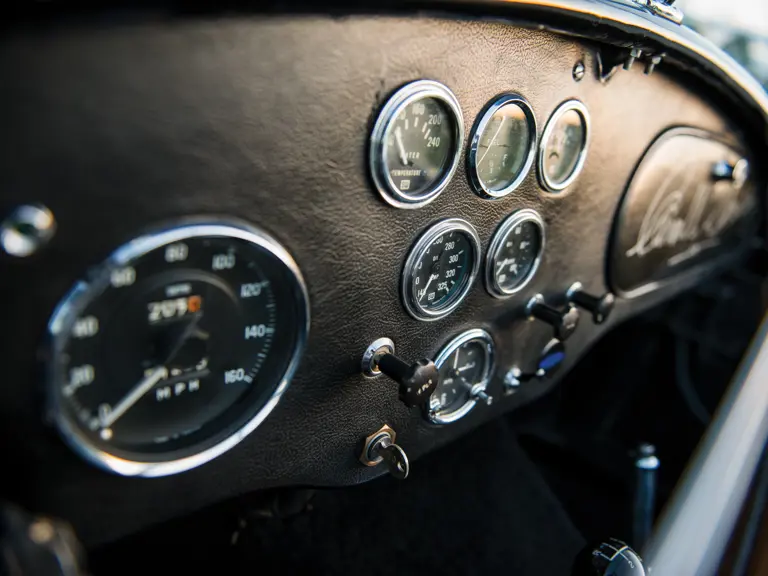
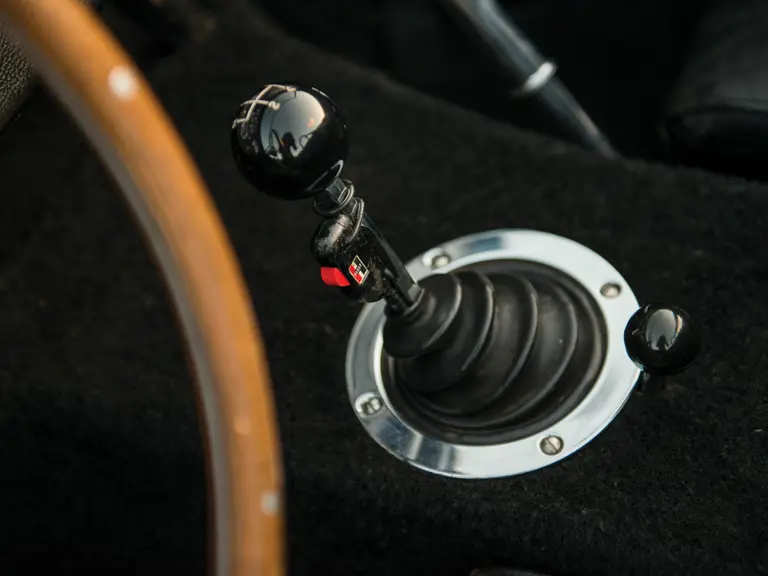
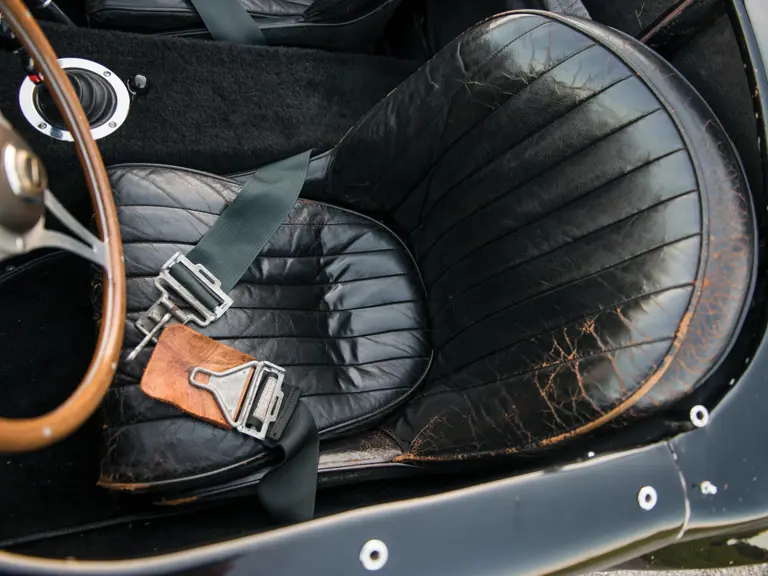

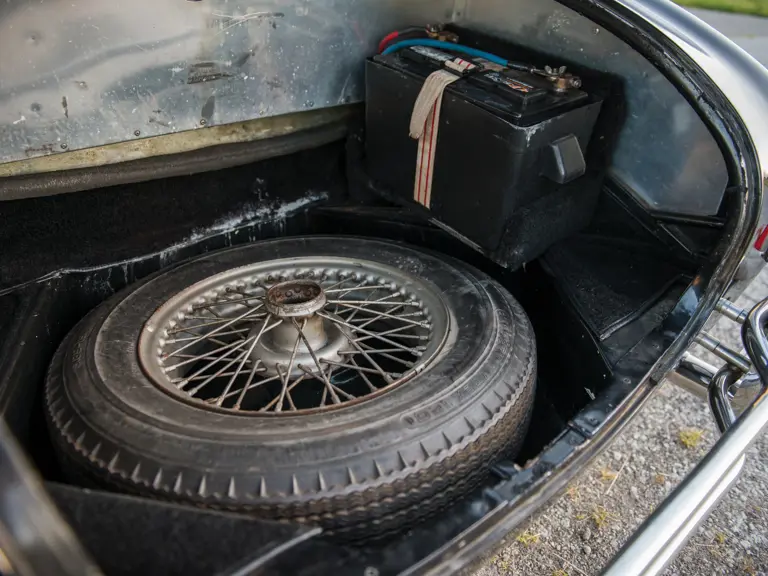
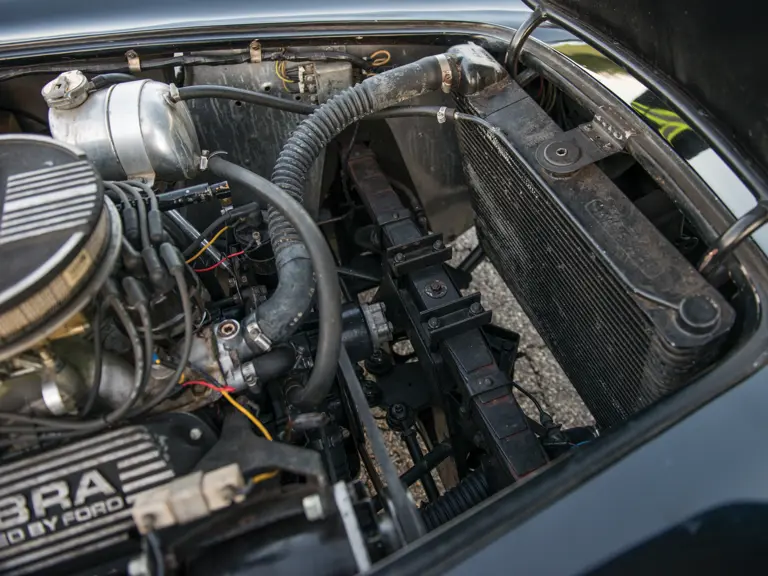
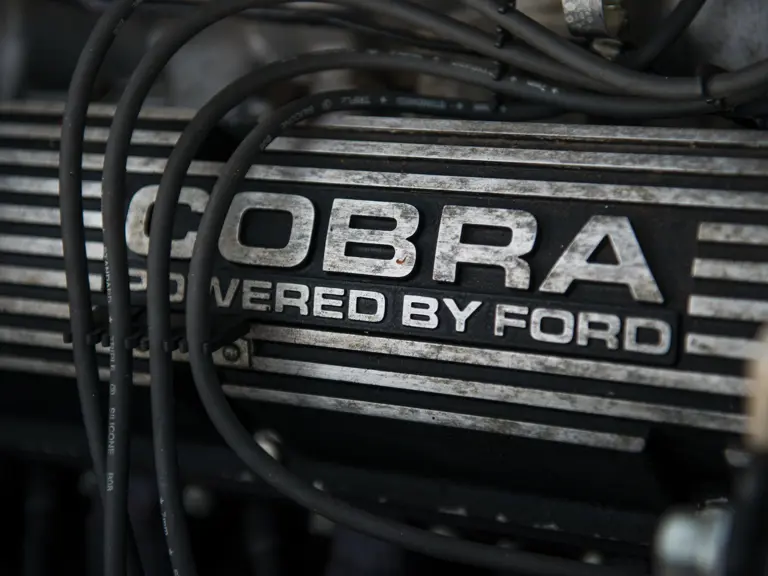
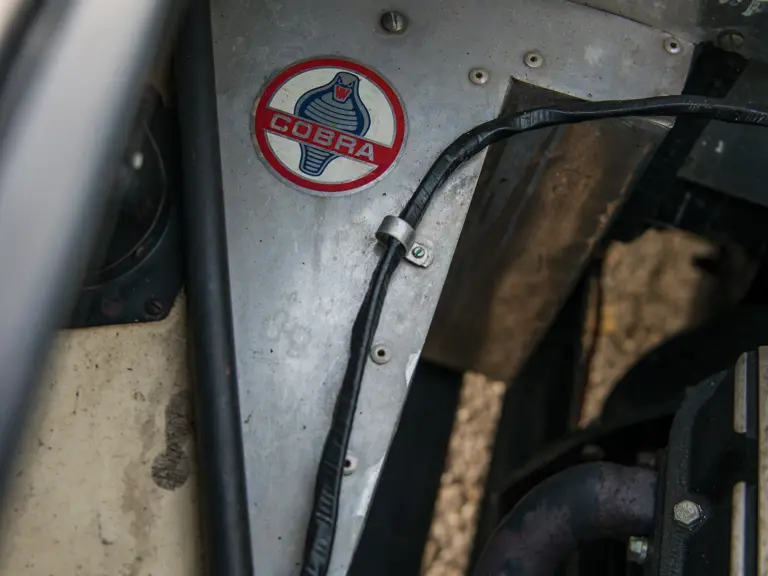
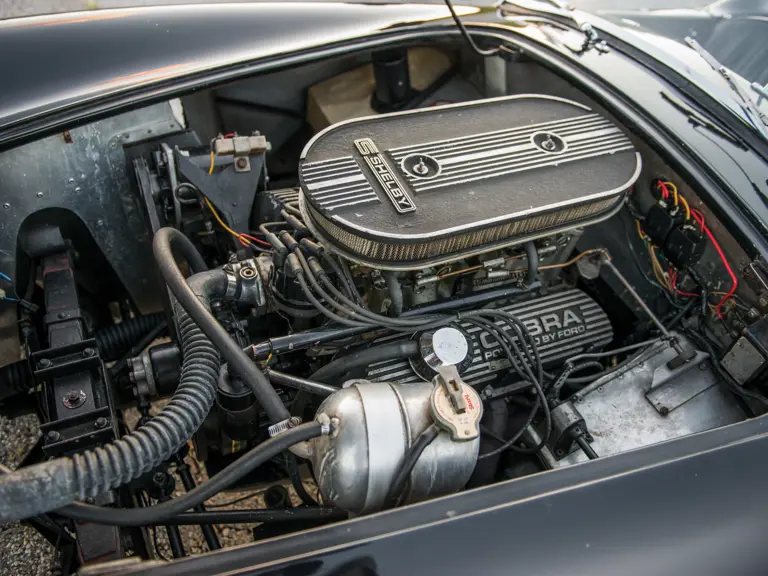

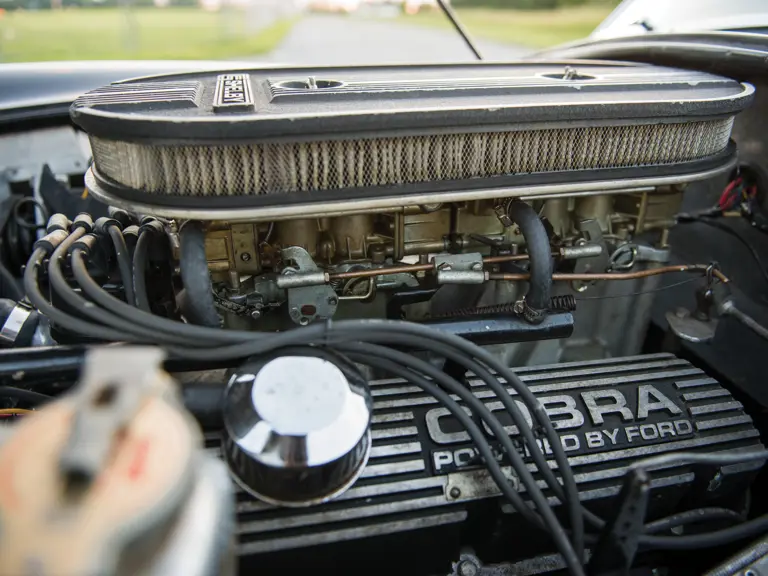
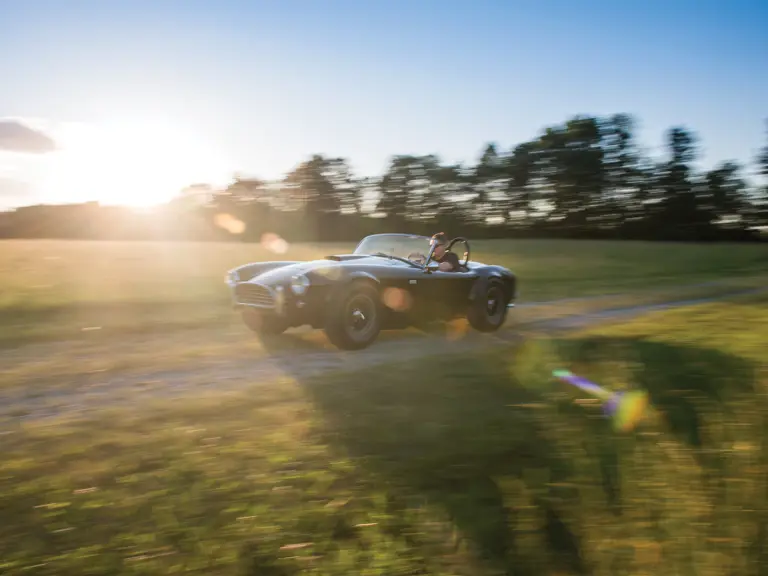
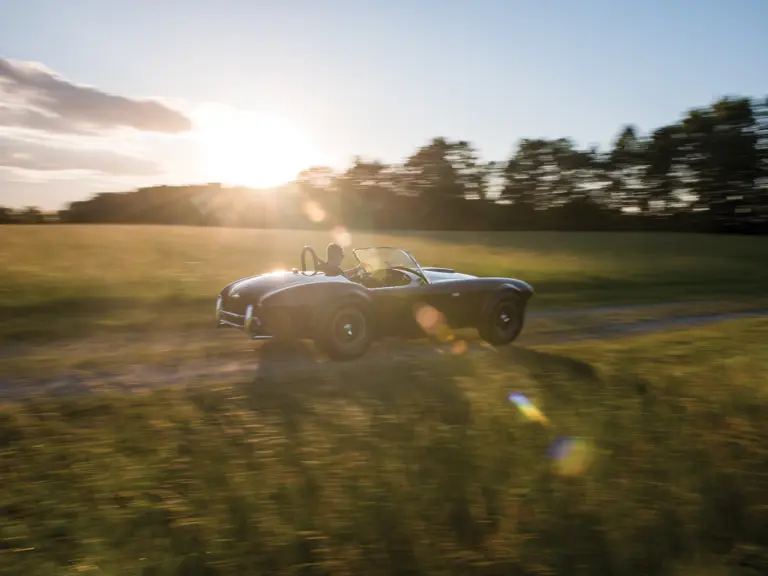
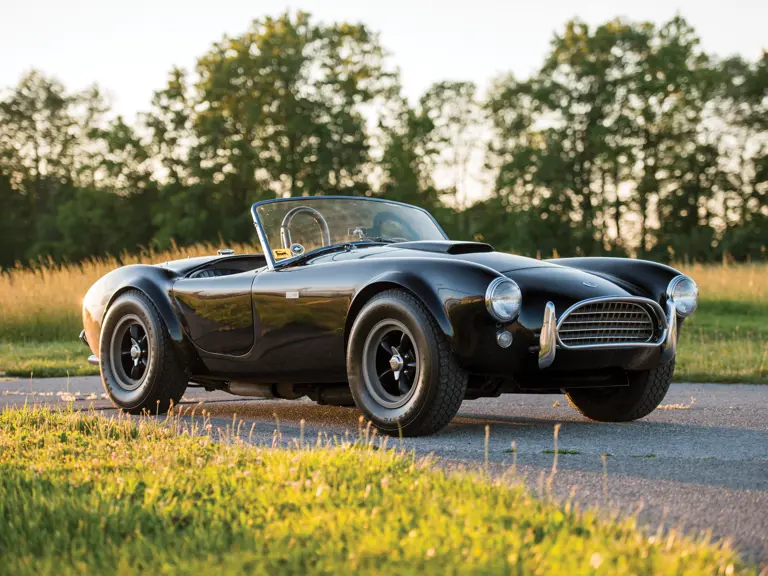

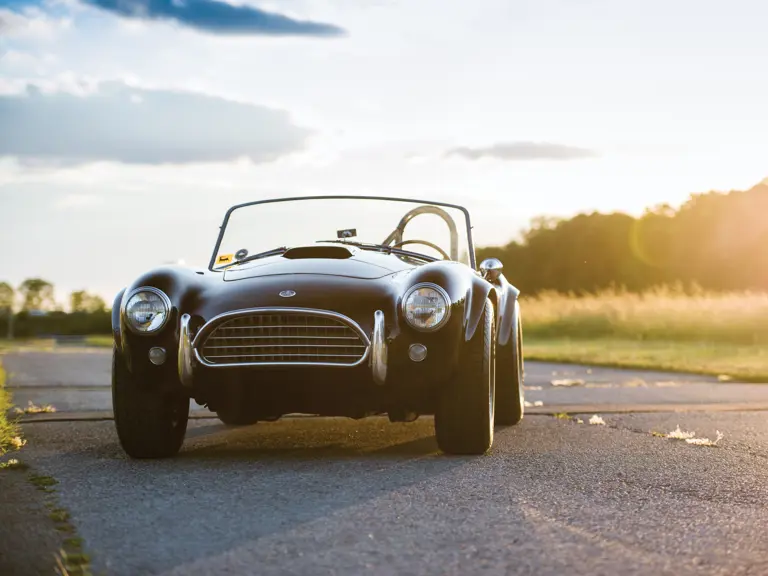
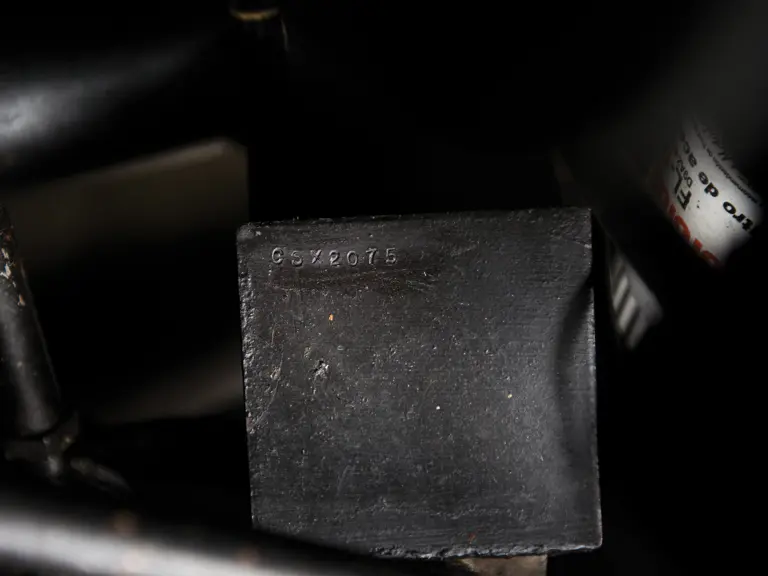
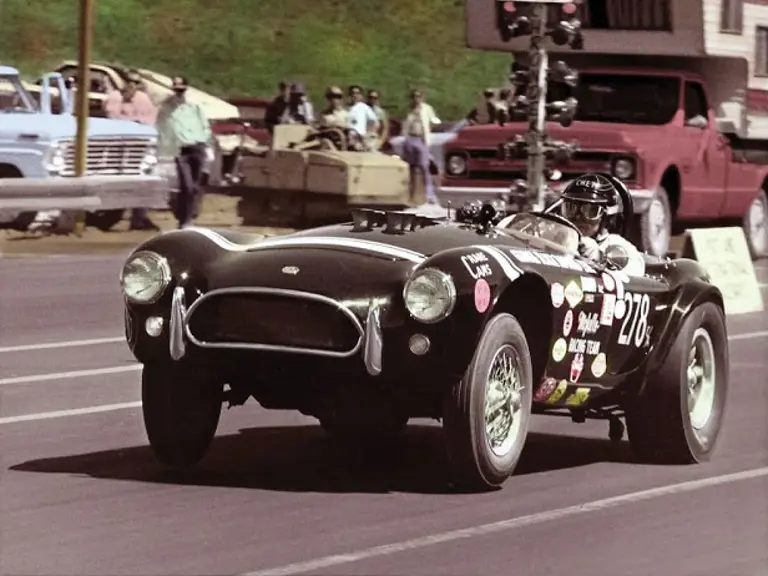
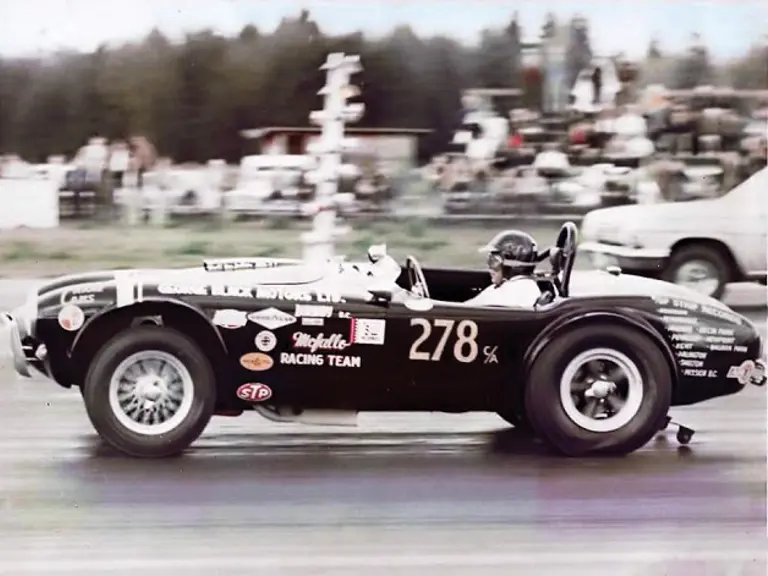
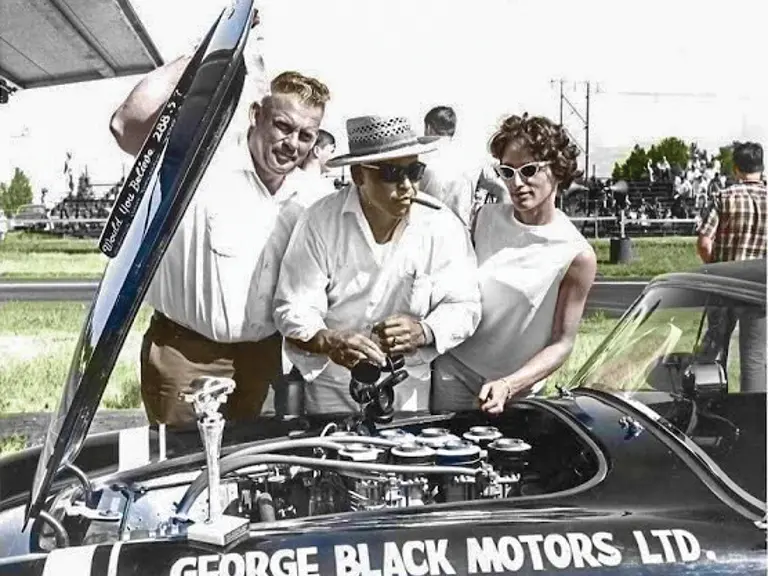
 | Monterey, California
| Monterey, California
